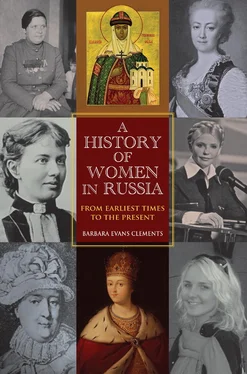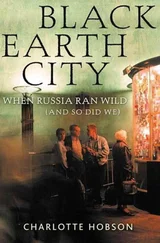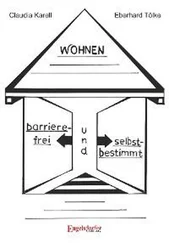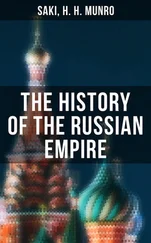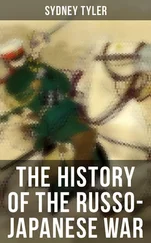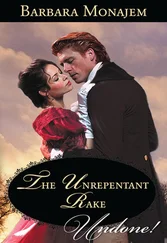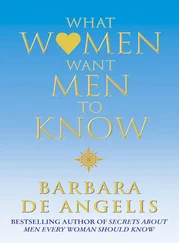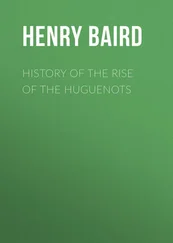In transliterating words from the Cyrillic to the English alphabet, I will employ the Library of Congress system, without the diacritical marks. The differences between that system and others account for occasional differences in spelling between words in the text and the same words in quotations and bibliographic references, e.g. “Baranskaia” (the Library of Congress version) and “Baranskaya” (a common alternative).
Russian names present the thorniest problem for a Russian historian writing in English for a general audience. I have chosen to modify the standard transliteration practices by eliminating the “ii” in the endings of such first names as Mariia. I have kept the “ii” in last names, because doing so distinguishes Russian from Polish and other Slavic surnames. I have also omitted the patronymic middle names that are an integral part of Russian names but are confusing to non-Russians. Finally, I use common anglicizations of the names of famous people, e.g., Catherine II, not Ekaterina.

Boyar (feminine: boyarina) —the title of members of the elite families that ranked just below royalty from Rus to Muscovite times.
Bolshevik Party —the branch of the Russian Social Democratic Labor Party that seized power in 1917. It adopted the name Communist Party in 1918.
Commune —the organization headed by male heads of household that existed in some Russian peasant villages from Muscovite times through the 1930s. It allocated some farming tasks and handled relations with landlords and government officials.
Duma —(1) city assemblies modeled on the zemstva, established in 1870; (2) the national legislature established in 1906 and abolished in 1917; (3) the lower house of the Russian legislature established in 1993.
NKVD —People’s Commissariat of Internal Affairs (Narodnyi Komissariat Vnutrennikh Del), the national police agency of the Stalin period.
Politburo —the committee comprising the top leaders of the Communist Party.
Populists —the socialists of the 1870s and 1880s.
Russian Social Democratic Labor Party (Social Democrats) —the Marxist party, organized in the 1890s, that split in the early twentieth century into the Bolshevik and Menshevik factions.
Socialist Revolutionary Party —a party with roots in the populist movement, set up shortly after 1900.
Soviet —(1) in 1905, one of the committees organized in St. Petersburg and other cities to represent the workers and coordinate general strikes; (2) in 1917, one of the elected organizations representing workers and soldiers; (3) from 1918, one of the elected bodies that made up the legislatures of the Soviet government.
Union of Soviet Socialist Republics —the political unit created in 1924 that comprised the republics of Armenia, Azerbaijan, Belorussia, Estonia, Georgia, Kazakhstan, Kyrgyzstan, Latvia, Lithuania, Moldova, Russia, Tajikistan, Turkmenistan, Ukraine, and Uzbekistan.
Zemstvo —an elected assembly, created in the 1860s, composed mostly of nobles and charged with organizing and financing local economic development and social services.
List of Royal Titles (in chronological order)
Prince, princess (in Russian, kniaz, kniaginia) —titles held by the ruling families of the Kievan and Appanage periods. The titles continued to be used in later centuries to denote families of ancient pedigree.
Tsar, tsaritsa, tsarevny —in Muscovy and thereafter, the ruler, his wife, and his daughters.
Emperor, empress —titles adopted by Peter I and his successor, who kept the title “tsar,” but relegated it to a lesser position, after “emperor” and “autocrat.”
Grand duchess, grand duke —the children of an emperor and the wives of a grand duke.

A SKETCH OF THE HISTORIOGRAPHY
This book is based upon a historiography more than 150 years old. It seems appropriate, therefore, to provide a brief introduction to the development of that historiography. A few examples from the bibliography of each stage in the process will be identified in the footnotes. Those seeking to explore further should begin with Livezeanu et al.’s authoritative Women and Gender in Central and Eastern Europe, Russia, and Eurasia. They will also find many useful links on the website for the Association for Women in Slavic Studies, http://www.awss.org.
The study of women’s history emerged from the discussion of the woman question in nineteenth-century Russia and developed in tandem with that discussion. As did feminists and their supporters elsewhere, Russian intellectuals produced lectures, articles, and books that analyzed patriarchy. They also celebrated independent women of the past and present. This scholarship stressed Russia’s backwardness, pointing to the strictures of The Domostroi, the traditionalism of the peasantry, the conservatism of the nobility and the autocracy, and the doleful lot of long-suffering women. When Marxists weighed in in the early twentieth century, they emphasized the economic origins of women’s oppression. 1
Soviet scholars from the 1920s through the 1980s developed the Marxist interpretation into a tale of tsarist oppression and Soviet emancipation. They wrote about the hardships endured by poor women, particularly factory workers, before the Revolution. They chronicled the achievements of outstanding women before and after 1917, and they documented the accomplishments of the Soviet period. Much of this scholarship was supported by solid research into women’s education, work, and family lives across the Soviet Union. 2
The emergence of second-wave feminism in the 1960s increased the interest in women’s history among Western European and North American historians. Simultaneously, the Cold War was increasing interest in Russian history. Some of the Russianists discovered that the history of women in Russia was blessed with fascinating individuals and source material. The result was the development of a community of scholars in the United States and the UK who began to publish their findings in the 1970s. Influenced by Cold War theories of totalitarianism and by the Russian and Soviet historiography on women, they stressed the linked oppressions of patriarchy and autocracy in the imperial and Soviet periods. They emphasized as well the open-mindedness of the intelligentsia and paid particular attention to the emancipated women of the pre-revolutionary period. They shared with historians of women in other cultures the goals of documenting women’s situation in the past and recovering the stories of significant women absent from mainstream historiography. 3
As the scholarship on the history of women in Russia developed, historians from across the European world weighed in on a broad range of topics. Social histories of women in the late nineteenth and early twentieth centuries provided sophisticated understandings of peasant and working-class cultures and of the functioning of gender values. The medieval and early imperial periods saw groundbreaking research into law, the role of elite women in politics and family life, witchcraft, and women’s spirituality. Scholars also began to pay attention to non-Russian women within the empire. As a consequence, the early emphasis on oppression gave way to more nuanced interpretations of women’s responses to their world and put the Russian experience into an international context. All of this work was informed by gender theory and post-modernist attention to discourse. It benefited as well from rapid development of the study of other fields of Russian history. It also brought women’s history to the attention of specialists in those fields, so that women’s history began to be integrated into the larger narrative of Russian history. 4
Читать дальше
